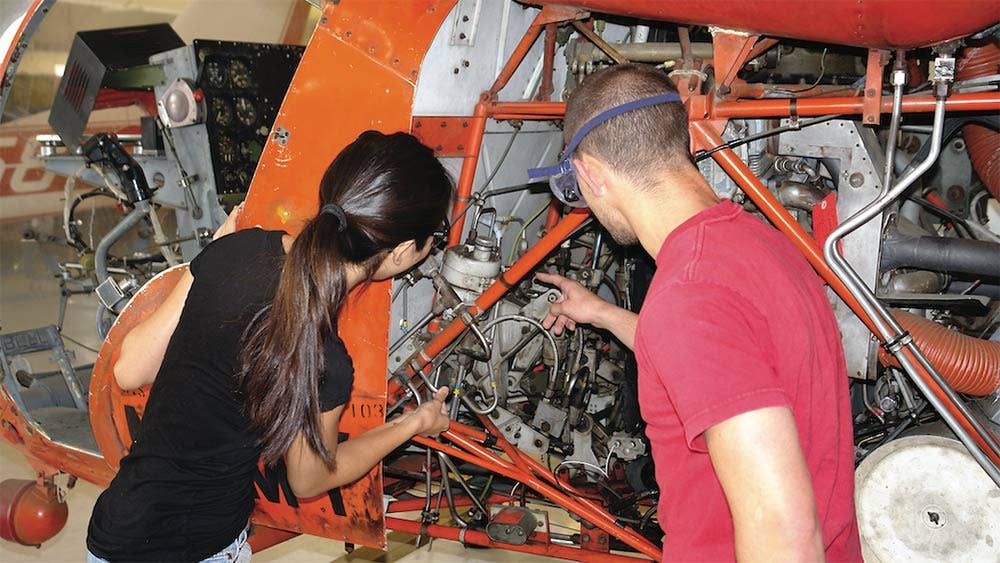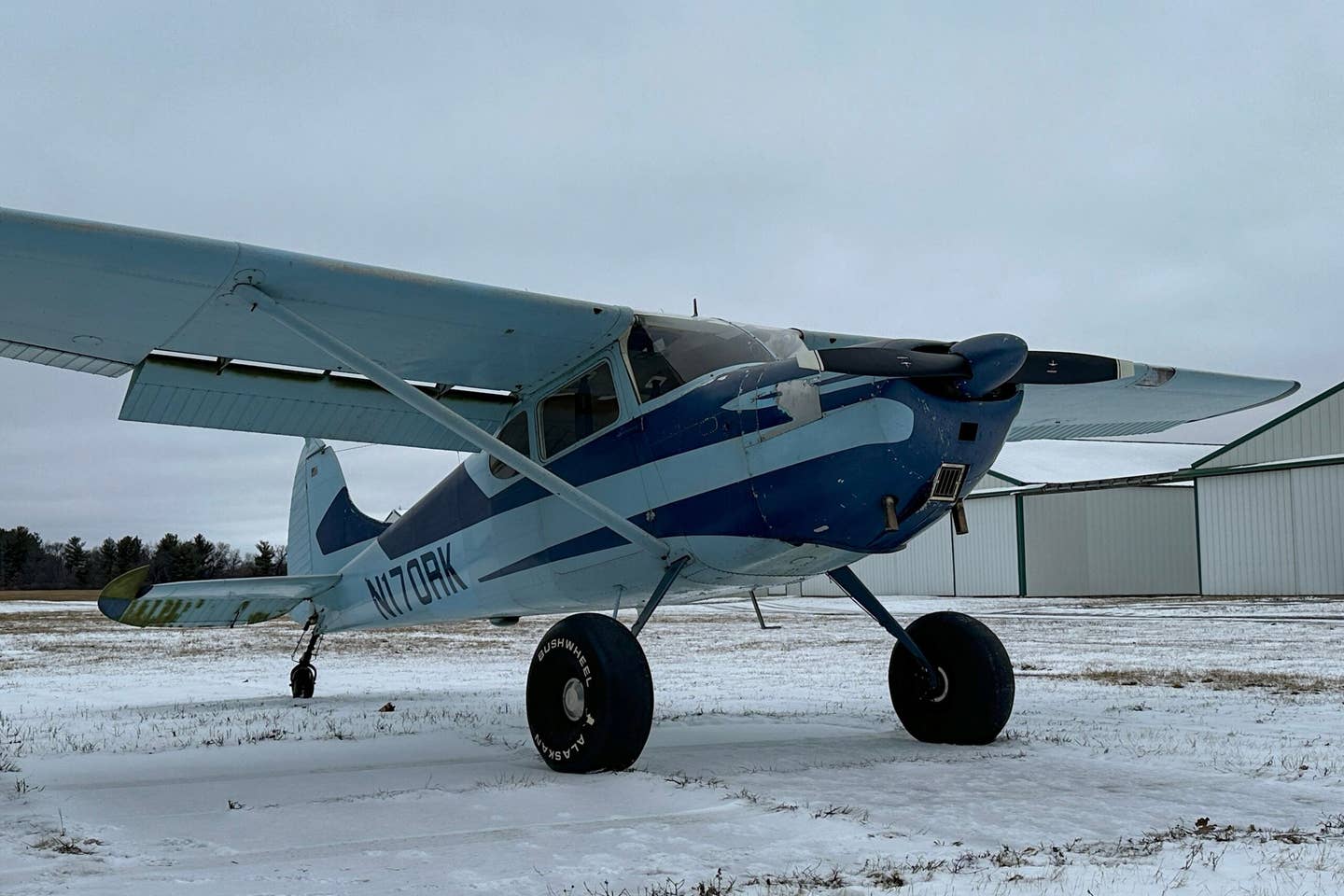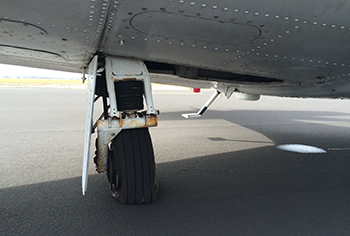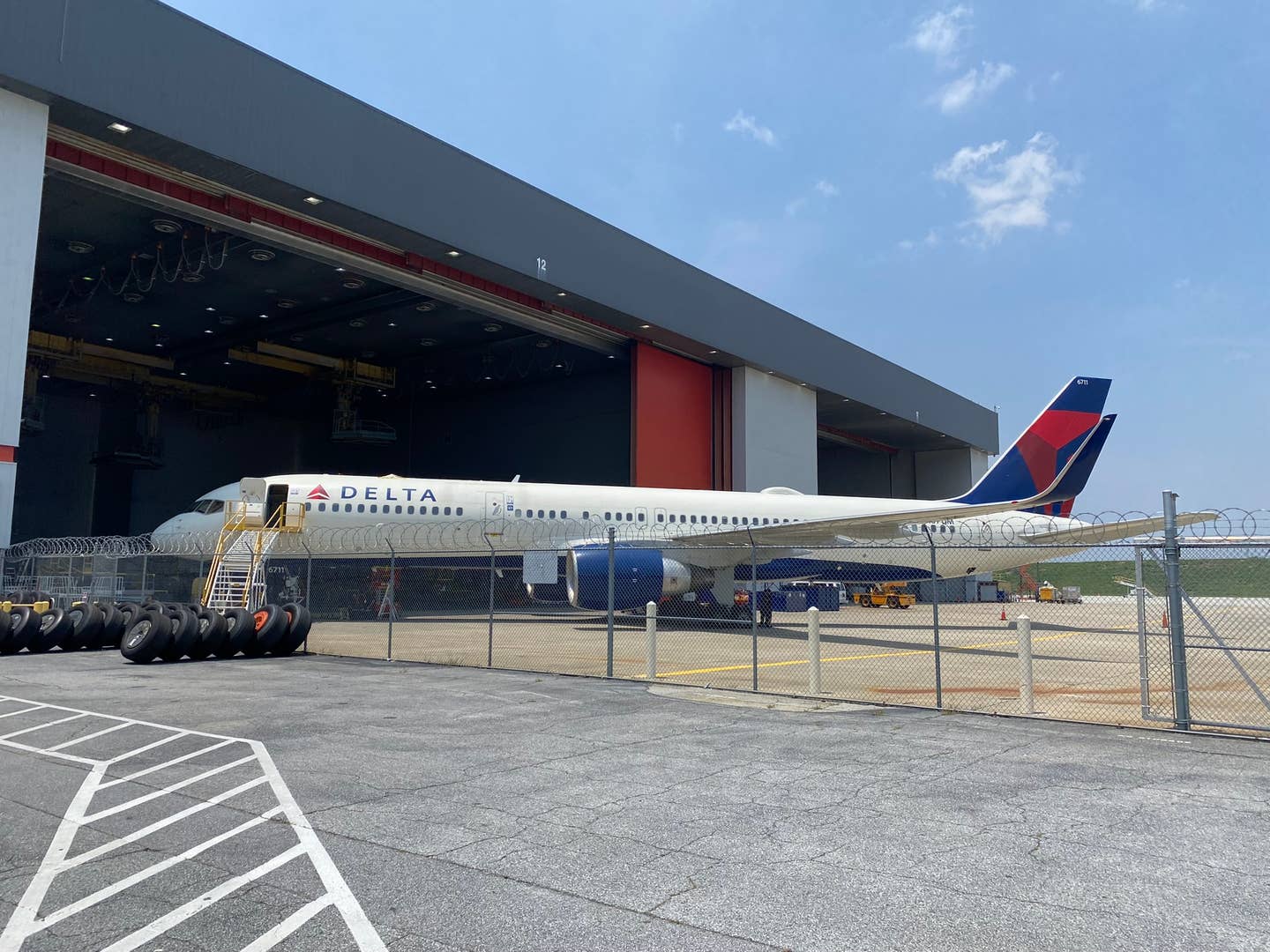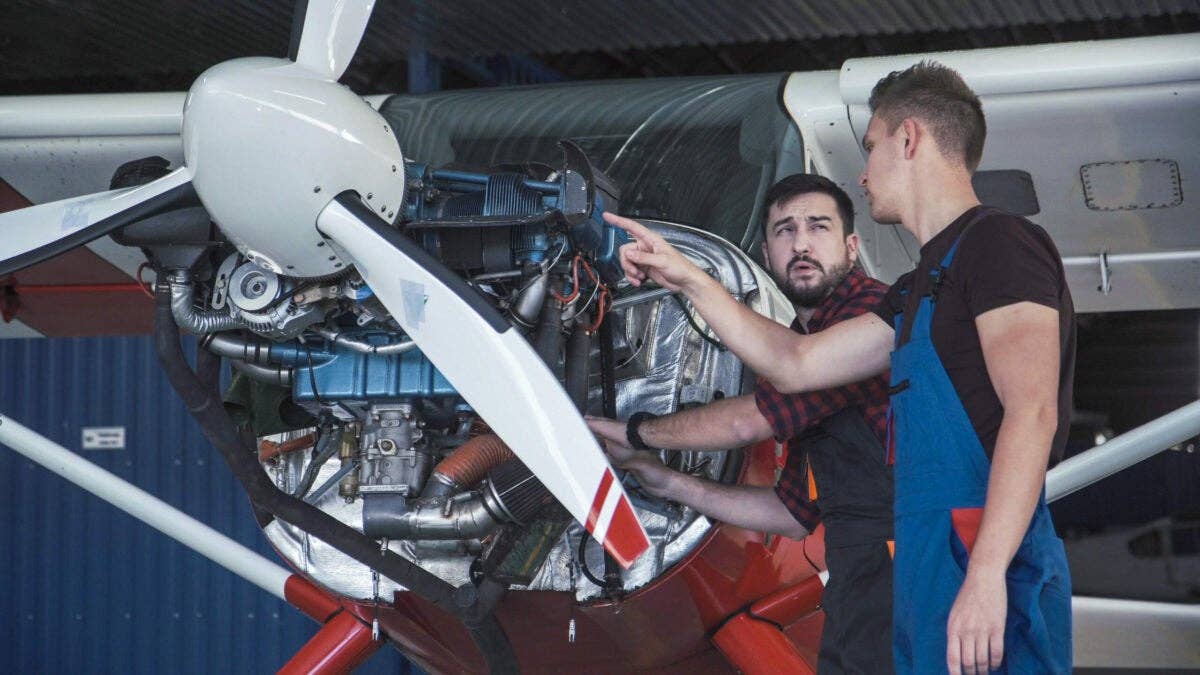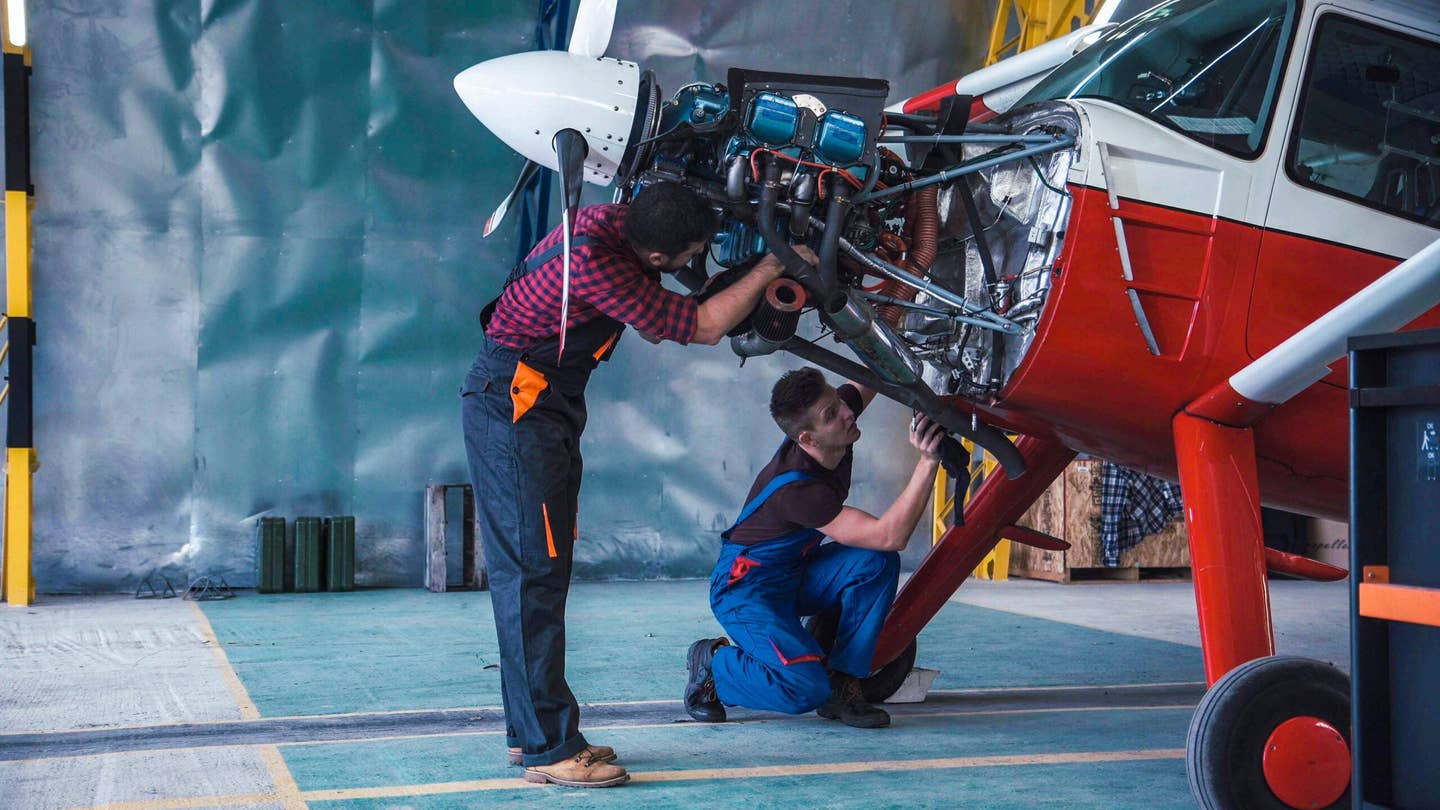Cessna 172 Maintenance Planning
Before beginning an aircraft upgrade, there are a few parameters to address before laying wrenches on bolt heads.
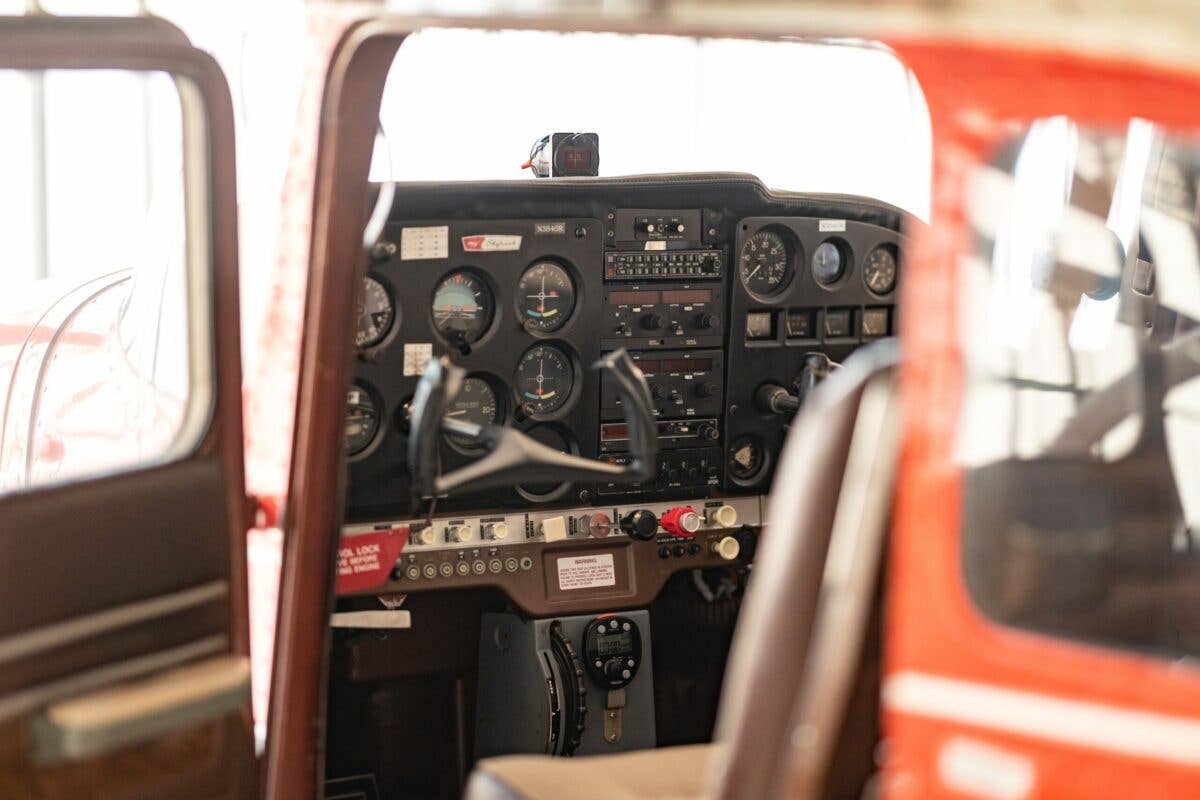
Upgrades for aircraft can be expensive and can also mean downtime for your airplane. An important question to answer is, what do you want to have done? [Credit: Elijah Lisyany]
There is a common thread among every aircraft owner I have ever known. One trait that sets them apart and is so ingrained they will stop at nothing to tell you all about it. A syndrome I call "continuous improvement, aero edition."
Upgrades for aircraft can be expensive and can also mean downtime for your airplane. An important question to answer is, what do you want to have done?
If you had unlimited funds, you could call the factory, book a slot and start prepping for the shiny new gadgets they install. Cessna will schedule your aftermarket upgrades with Textron Aviation Service Centers and make all your dreams come true.
Here’s how common folk manage both scope and budget.
Project Management Tools
You don't have to be a project manager to successfully upgrade your aircraft, although there are some excellent resources you can borrow from the profession to assist the process. Gantt charts are cool and colorful, but are they essential? The short answer is yes; we use them in engine maintenance to manage multi-million dollar projects. And while this may be a bit much for maintaining a Cessna 172, there are project management principles that can assist in planning, executing, and closing out your aircraft upgrade.
When planning maintenance, there are a few parameters to address before laying wrenches on bolt heads. One tool to help is the project management Iron Triangle.
Each point of the triangle focuses on an aspect of the project:
Time
- Lead time for parts
- Downtime for maintenance
- Schedule of MRO doing the job
Scope
- Facilities
- Tooling, new and old
- Technical publications
- Instructions for continued airworthiness
Cost
- Part cost and availability
- Labor internal and external
- Hangar rent
Each one of these points affects the other.
Taking a project management perspective allows an owner or operator a chance to map out aircraft upgrades and build a realistic action plan to deliver positive results. For larger entities, this may include approval levels, multiple team members, and hours of meetings.
As the sole stakeholder in his aircraft, the approval process for upgrades to his Cessna 172 is simple for Corey Sampson.
O-300 Oil Filter Adapter
Earlier last month, we highlighted that Sampson's O-300-D Continental engine was not equipped with a spin-on filter—it had a screen. After some discussion, we thought, why not retrofit the aircraft to accept a spin-on oil filter?
Referring to the project management Iron Triangle, what must we accomplish first? For starters, we need the adapter, the installation gaskets, and a spin-on oil filter. We cracked into the Tempest cross-reference site and looked up the adapter for Corey's 1966 Cessna 172H. The correct part is SKU: CO-300, allowing the engine to accept oil filter part number AA48108-2. The CO-300 kit comes complete with a filter and the gaskets included.
We completed the research, ordered and received the part, and reviewed the certifications to ensure compliance. The adapter has a supplemental type certificate (STC), and the oil filter is FAA-PMA approved. Next, it was time to carve out some time and schedule the maintenance.
Instrument Panel Upgrade
There is something about a factory original instrument panel. Don't get me wrong, old-school steam gauges are great for warbirds, rare out-of-production aircraft, and museum pieces, but there is just something about a sleek new flat panel.
Long-time readers of my column know I am a big fan of stay-in-your-lane, especially regarding avionics. I know where the cannon plug goes, and I can tell which end is up, but that limits my expertise. Always have someone you can call.
In this case, Corey called Oasis Aviation Maintenance and discussed the Garmin GNX 375. The GNX 375 has a WAAS-capable GPS for RNAV (including LPV) approaches and an ADS-B In/out transponder built in (traffic and weather show on display). Add a GNC 255A comm/nav, and you'll have GPS, Comm/Nav, and Transponder for very close to the price of a GTN 650.
In keeping with the PM Iron Triangle, Corey asked Oasis to quote the system parts as stand-alone parts or an installed system. At press time, he was still undecided.
Interior Upholstery and Trim
When considering interior upgrades, special consideration must be made for "floor plan changes can be done by purchasing an existing STC or possibly filing FAA Form 337 field approval," according to Meghan Welch, director of paint and interior sales at Elliott Aviation, who wrote about what to expect during an aircraft interior refurbishment.
Corey may work through an MRO (maintenance, repair, and overhaul), buy a turnkey package, or do the work himself. With an A&P (airframe and/or powerplant) rating, he can plan and perform his aircraft maintenance.
Aircraft maintenance planning can be a fruitful and rewarding experience, but only if done correctly. No plan is bulletproof, and Murphy still hangs out in the hangar, but you can save yourself a headache by putting a plan in place.
Important note: Before beginning any maintenance, consider certifications and airworthiness standards for CFR aircraft operations.

Sign-up for newsletters & special offers!
Get the latest FLYING stories & special offers delivered directly to your inbox

